Using the Wrong EMF Test Meter for EMF Testing and Home Inspections: A Case Study in Professional EMF Consulting Judgment
EMF TESTING METERS & EQUIPMENT
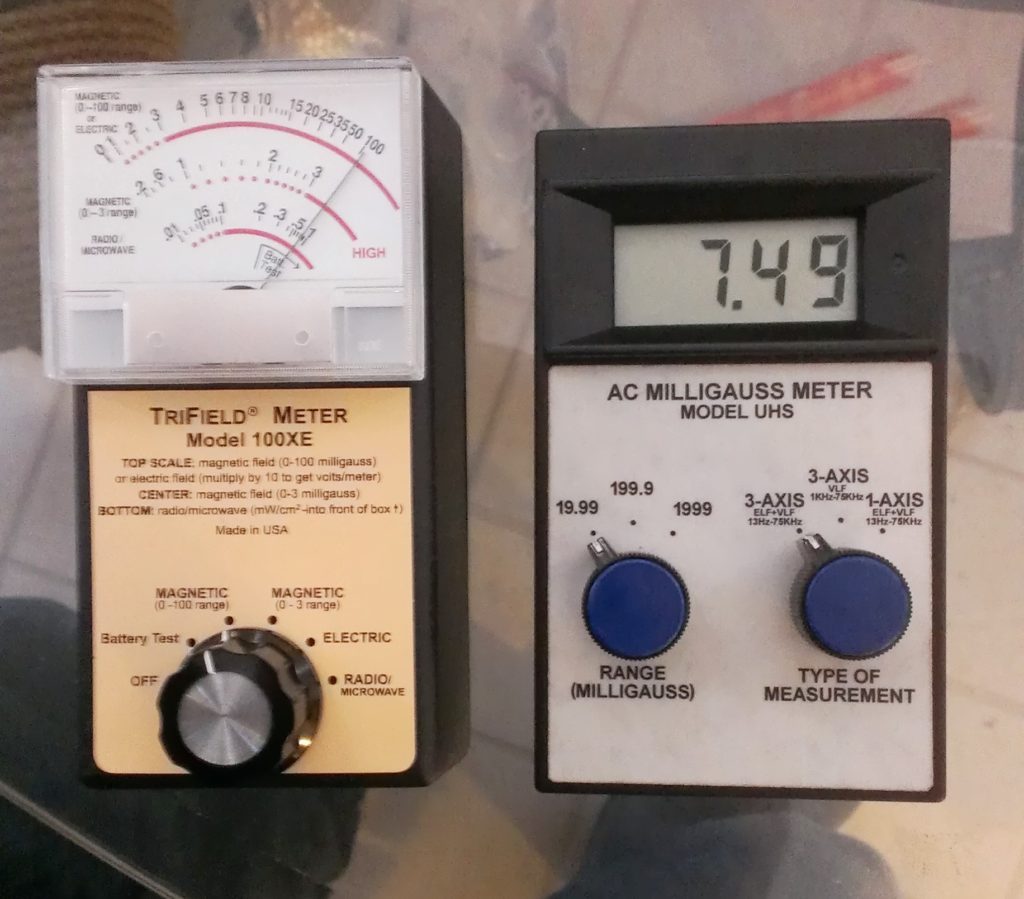
EMF Meter Comparison for Property Inspection with SIGNIFICANT DISAGREEMENT in magnetic field readings (100 mG vs. 7.49 mG)
I always found it both interesting and gratifying when clients who hired me already have their own meter and yet are willing to pay an additional fee to interpret the results. They will call and express concern about either a home they are considering purchasing or one they are already occupying as they are alarmed at the high readings they see on the EMF meter they purchased.
What instigated this post is two separate clients a week apart who both purchased a Trifield 100XE analog EMF meter and got readings that indicated a field of 100 milliGauss or greater. I was a bit skeptical of this being true and for good reasons:
1) It was based on my long experience in doing EMF testing and surveys in the Dallas / Fort Worth / Houston / Austin metropolitan regions (nearly 20 years) and other areas of Texas and beyond.
2) And what I know about using something other than a high quality meter for making a decision on something as important as where you and your family including children plan to live for the next 5 – 20 years.
Now, I am not putting down either the meter, the manufacturer or the homeowner for using this type of meter for a professional inspection. But as you will see in the story I tell, it is more than worth the money to have an expert opinion as a “sanity check” because of the likelihood that you can either get a false positive or a false negative as it were.
As you can see in the above picture, the 100XE is set to the 0 – 100 mG scale and is nearly pegged at 100 mG. The digital reference meter I use shows nowhere near that level at 7.49 milliGauss. That error is off by more than an order of magnitude which means that the Trifield is reading more than 10 X the amount that is actually present. And yes, my meter is calibrated as I periodically check it against another meter.
In this case, if the homeowner had merely relied on the meter they purchased online, it would have potentially meant that they would have passed up a home they might have been otherwise happy with based on erroneous information. This is more time and hassle for them, the seller, agents, etc. all based on a faulty needle indication.
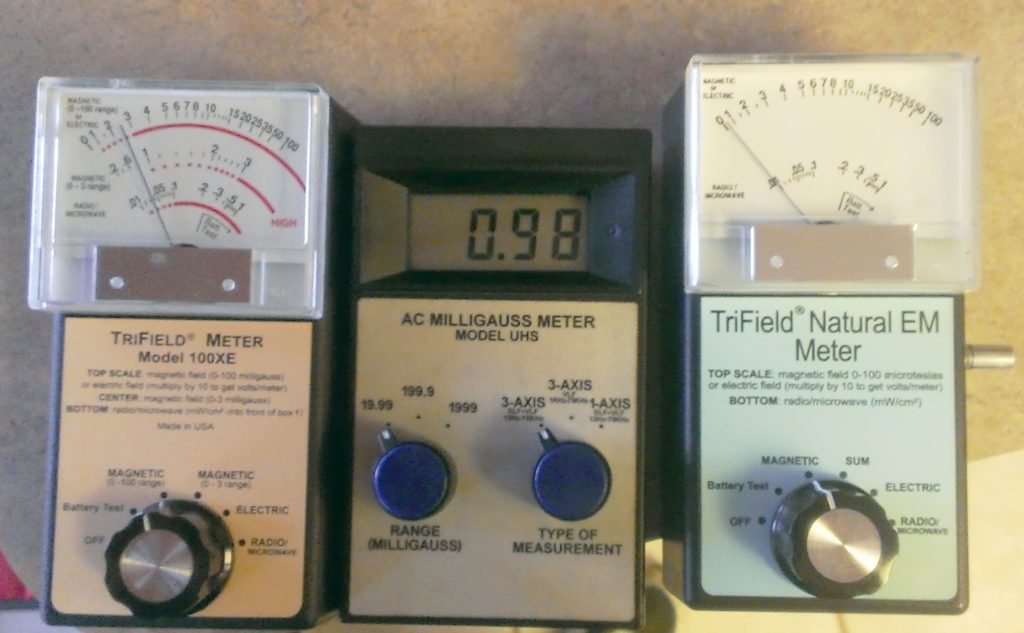
EMF Measurements of two Analog Trifield Meters compared with a Digital Reference Meter
The second case came a week later with another Trifield 100XE on the scene. In this case, it was not nearly as inaccurate, but it still reads 2.5 mG while the reference meter reads just under 1 milliGauss. Not as dramatic, but still enough difference that a family with young children might have shied away from this property when it was not really an issue.
Now as an aside, take a look at the reading of the Natural EM Meter (blue label) to the right. This is one of my personal EMF test meters and it reads low at less than 0.5 mG. More accurate, but it is still reading lower levels than what is actually present. So why do I even use this meter? Because one thing I do like about analog meters is that they are good for seeing trends and odd fluctuations – but I never use them for absolute values on a survey.
You may think I am saying the Trifields are not any good, etc. but they do have their uses as long as you understand their accuracy limitations. To be blunt, the reason these have become so popular is because of the interest in the paranormal and ghost hunting fields and the ways in which they can be customized with outputs, alarms, backlighting, etc. but these features are not of direct use to a serious prospective homeowner or professional EMF inspector. There is more commentary on this in the following post regarding a technical conversation I had with the manufacturer.
At the end of the day, a proper EMF inspection is about more than just reading a meter; it is about having judgment and recognizing errors when they do not fit with conventional experience and wisdom. It is about being knowledgeable about the different kinds of meters, single axis vs. triple axis, true-rms averaging and how the frequency range of an individual model of meter can weight the readings differently. It is also about risk assessment, diplomacy and seeing a larger picture than just a scary needle sweeping across a meter face.
Why A Professional Digital EMF Meter Should Be Used For EMF Testing
SCANTECH EMF CONSULTING 214.912.4691
WHO IS A CERTIFIED EMF CONSULTANT NEAR ME?
ScanTech Technical Consulting is owned and operated by Joel-Anthony Gray who has over 22 years of experience as an EMF consultant, EMI troubleshooting expert and nuclear radiation testing consultant for a variety of commercial and industrial customers. While there is currently no such thing as a Certified EMF Consultant as far as the United States industrial and scientific community at large is concerned, what ScanTech offers is extensive education, experience and multiple certifications in non-ionizing radiation, industrial safety and hygiene. (listed here EMF Credentials) He holds numerous degrees and certifications which qualify him for this level of expertise. Call 214.912.4691
WHO DOES ELECTROMAGNETIC FIELD TESTING NEAR ME?
ScanTech Technical Consulting professional commercial electromagnetic field testing and radio frequency testing in the Dallas – Fort Worth Texas area to detect and measure exposures and health risks (if any) to electromagnetic fields and radiation. Call 214.912.4691
WHO OR WHAT COMPANY DOES EMF TESTING NEAR ME?
ScanTech Technical Consulting professional commercial electromagnetic field testing and radio frequency testing in the Dallas – Fort Worth Texas area to detect and measure exposures and health risks (if any) to electromagnetic fields and radiation. Call 214.912.4691
WHO OR WHAT COMPANY DOES RADIO FREQUENCY (RF) RADIATION TESTING NEAR ME?
ScanTech Technical Consulting provides commercial radio frequency (RF) testing in the Dallas – Fort Worth Texas area to detect and measure exposures to all forms and frequencies of radio frequency radiation. Call 214.912.4691
WHO OR WHAT COMPANY DOES PACEMAKER EMI TESTING AND ELECTRICAL INTERFERENCE SURVEYS FOR IMPLANTED BIOMEDICAL DEVICES NEAR ME?
ScanTech Technical Consulting provides professional EMI testing for pacemakers and other biomedical implants throughout the United States to detect and measure exposures to all forms of interference from electromagnetic radiation. Call 214.912.4691
WHO OR WHAT COMPANY DOES RF RADIO FREQUENCY CELL TOWER TESTING NEAR ME?
ScanTech Technical Consulting provides commercial cellular testing in the Dallas – Fort Worth Texas area to detect and measure exposures to all forms of RF. Call 214.912.4691
WHO OR WHAT COMPANY DOES ELECTROMAGNETIC RADIATION TESTING NEAR ME?
ScanTech Technical Consulting provides commercial radio frequency (RF) testing in the Dallas – Fort Worth Texas area to detect and measure exposures to all forms of electromagnetic radiation. Call 214.912.4691
WHO OR WHAT COMPANY DOES ELECTRICAL INTERFERENCE TESTING NEAR ME?
ScanTech Technical Consulting provides professional radio frequency (RF) testing in the Dallas – Fort Worth Texas area to detect and measure exposures to all forms of electromagnetic radiation. Call 214.912.4691
WHO OR WHAT COMPANY DOES RADIOACTIVITY TESTING NEAR ME?
ScanTech Technical Consulting provides professional radioactivity testing in the Dallas – Fort Worth, Houston, Austin and San Antonio areas of Texas to detect and measure exposure to ionizing, nuclear or atomic radiation. Call 214.912.4691
WHO OR WHAT COMPANY DOES DALLAS AREA PHOTOMETRIC LIGHTING SURVEYS OR EXTERIOR LIGHTING STUDIES NEAR ME?
ScanTech Technical Consulting provides professional photometric testing in the Dallas Texas area for commercial clients to help pass lighting ordinances for their Certificate of Occupancy. Call 214.912.4691
WHO OR WHAT COMPANY DOES ESD / ELECTROSTATIC DISCHARGE TESTING NEAR ME?
ScanTech Technical Consulting provides ESD testing in the Dallas – Fort Worth, Austin, San Antonio and Houston Texas area to evaluate, measure and perform Electrostatic Discharge testing and consulting for sensitive environments. Call 214.912.4691
WHO OR WHAT COMPANY DOES INDOOR AIR QUALITY TESTING NEAR ME?
ScanTech Technical Consulting provides certified indoor air quality testing for commercial clients in the Dallas – Fort Worth Texas area detect and measure harmful contaminants. Call 214.912.4691
WHO OR WHAT COMPANY DOES DALLAS GREEN BUILDING INDOOR AIR QUALITY CLEARANCE TESTING NEAR ME?
ScanTech Technical Consulting provides certified indoor air quality testing in the Dallas Texas area for commercial clients to help pass the Dallas Green Building Clearance Code 804.2 for a Certificate of Occupancy. Call 214.912.4691
We often serve clients in Texas, Michigan and Iowa. Cities for onsite commercial testing and inspection services include: Plano, Highland Park, University Park, Park Cities, Las Colinas, Arlington, Fort Worth, Houston, Austin, San Antonio, Shreveport, Grapevine, Frisco, Denton, McKinney, Allen, Lewisville, Irving, Mesquite, Bedford, Euless, Richardson, Coppell, Grand Prairie, Garland, Addison, Farmers Branch, Rockwall, Carrollton, Parker, Rowlett, Lucas, Fairview, Park Cities, Keller, Roanoke, The Colony, Highland Village, Lake Dallas, Corinth, Prosper, Duncanville, Lancaster, Rowlett, Royse City, Princeton, Trophy Club, Southlake, Hurst, Round Rock, Georgetown, San Marcos, Cedar Park, The Woodlands and Spring. Counties served include Dallas, Collin, Denton, Tarrant, Rockwall, Harris and Travis County.
LARGER COMMERCIAL PROJECT SERVICE RANGE – NATIONAL & INTERNATIONAL
Alabama | Alaska | Arizona | Arkansas | California | Colorado | Connecticut | Delaware | Florida | Georgia | Hawaii | Idaho | Illinois | Indiana | Iowa | Kansas | Kentucky | Louisiana | Maine | Maryland | Massachusetts | Michigan | Minnesota | Mississippi | Missouri | Montana | Nebraska | Nevada | New Hampshire | New Jersey | New Mexico | New York | North Carolina | North Dakota | Ohio | Oklahoma | Oregon | Pennsylvania | Rhode Island | South Carolina | South Dakota | Tennessee | Texas | Utah | Vermont | Virginia | Washington | West Virginia | Wisconsin | Wyoming | Washington D.C. (District of Columbia)
Countries served include the United States, Canada, Australia, New Zealand the UK / United Kingdom (England, Scotland, Wales, Ireland) and Western Europe.
*LEGAL NOTICE*
All information on this website either written or implied is the express opinion of ScanTech Technical Consulting. ScanTech Technical Consulting and it’s owners are not responsible or liable for any damages arising from the misuse, misinterpretation or other consequences of the content of this website either in part or in whole. This includes all external weblinks, PDF documents, photos or other references (informational or otherwise) to 3rd parties including government agencies, health organizations, etc.
15770 Dallas Pkwy Suite # 900 Dallas, TX 75248 (Not Accepting Visitors due to C19)
Phone: (214).912.4691 https://emfsurvey.com
ScanTech Technical Consulting: Professional Electromagnetic EMF EMI Testing for Biomedical Implant & Equipment, Indoor Air Quality (IAQ) Testing & Environmental Inspections
COPYRIGHT 2002 – 2024


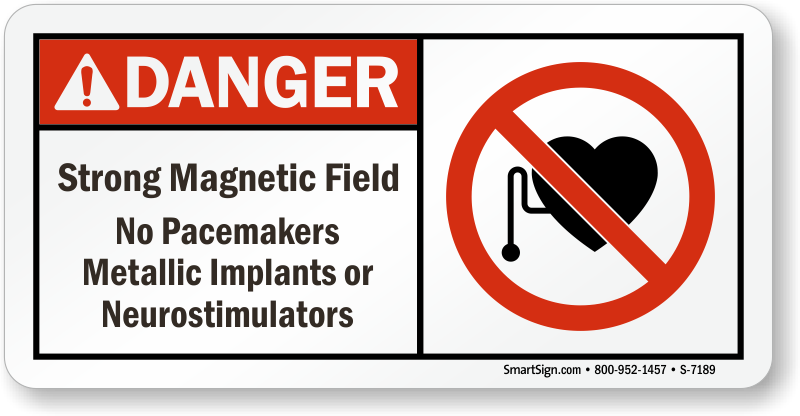
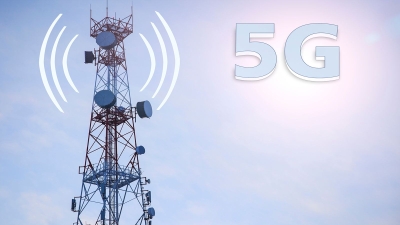

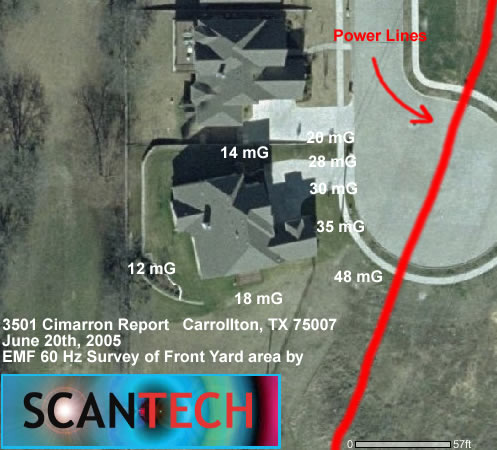

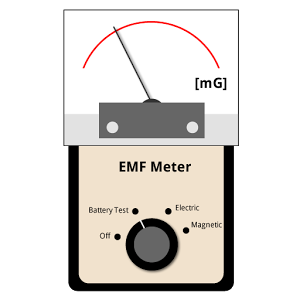
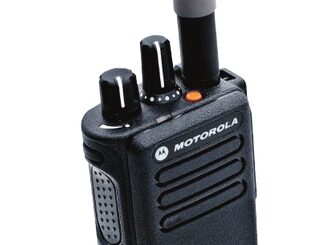

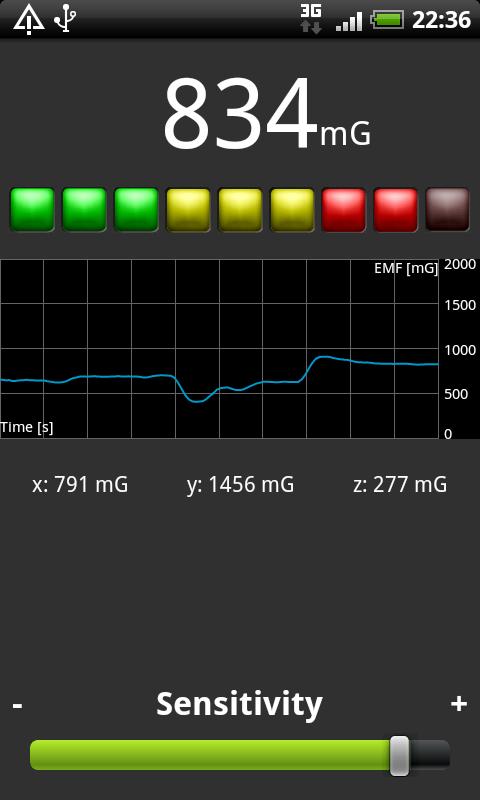
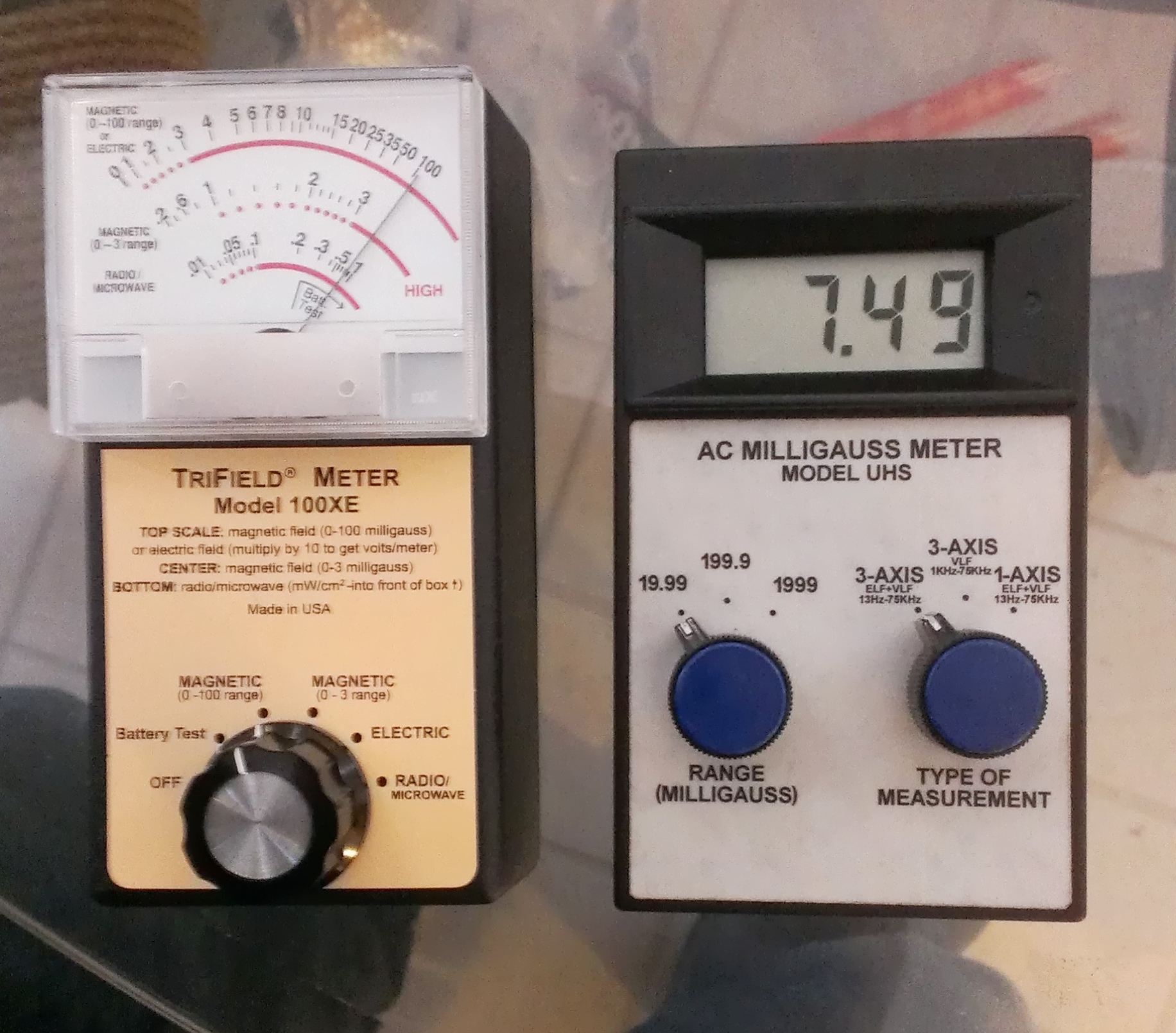
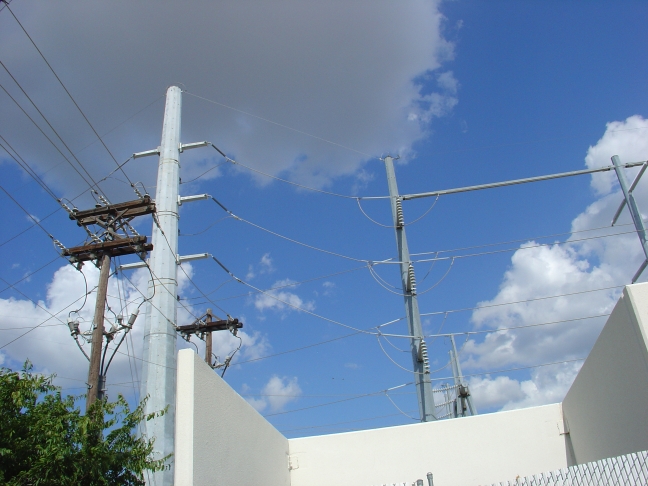
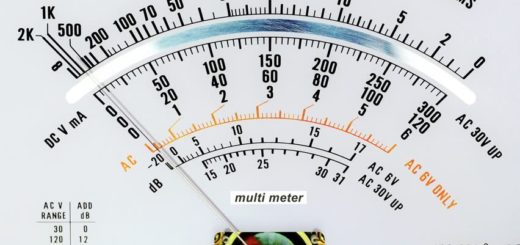
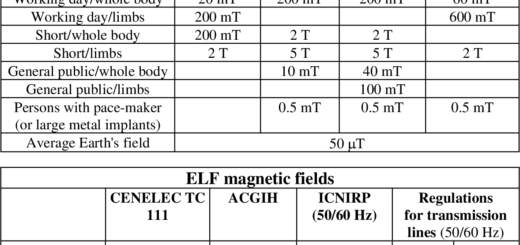
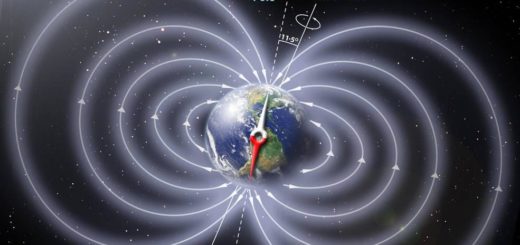




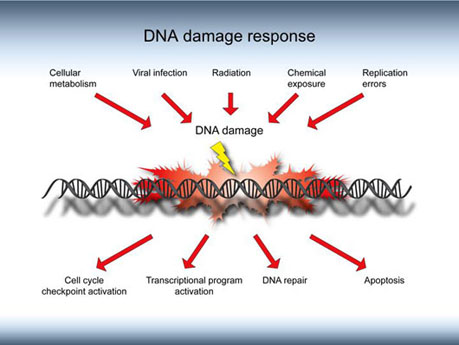
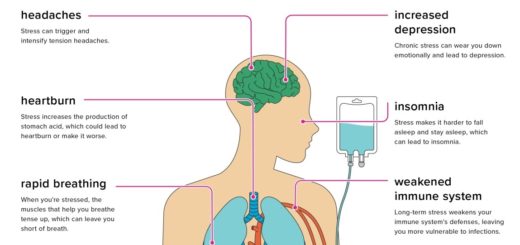
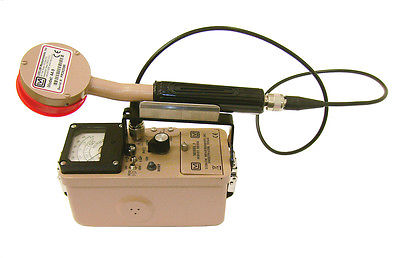

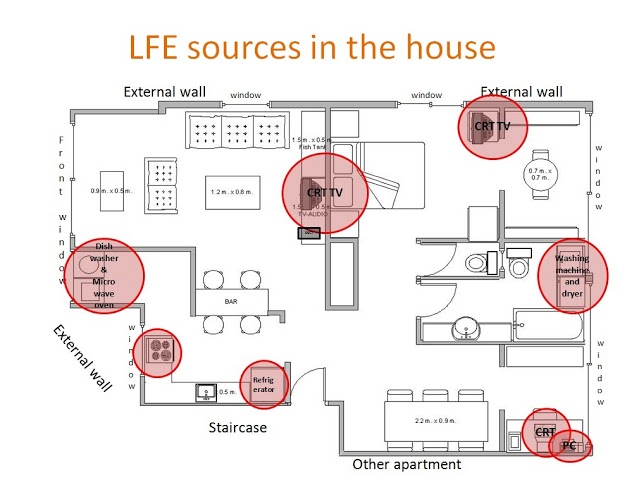
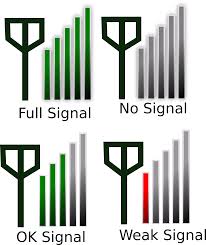


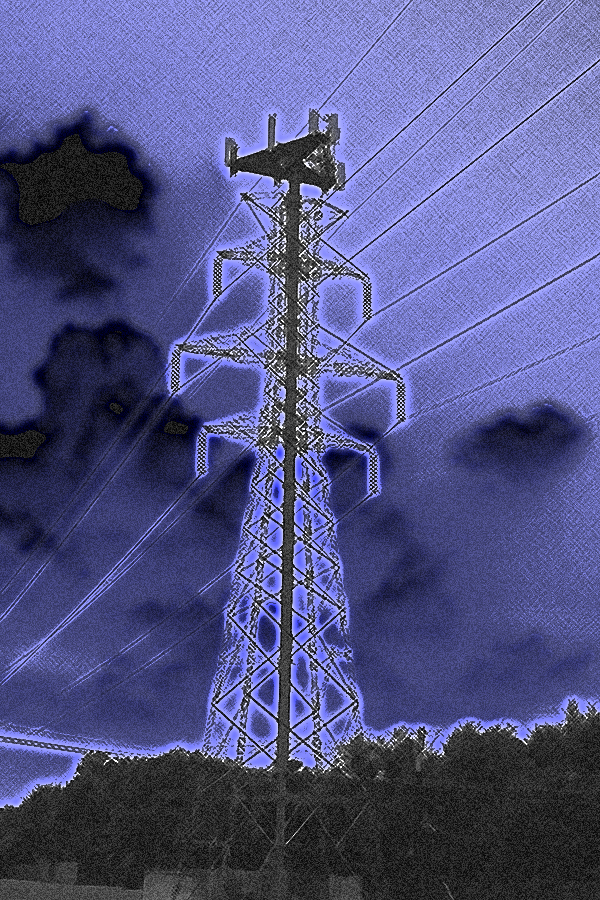

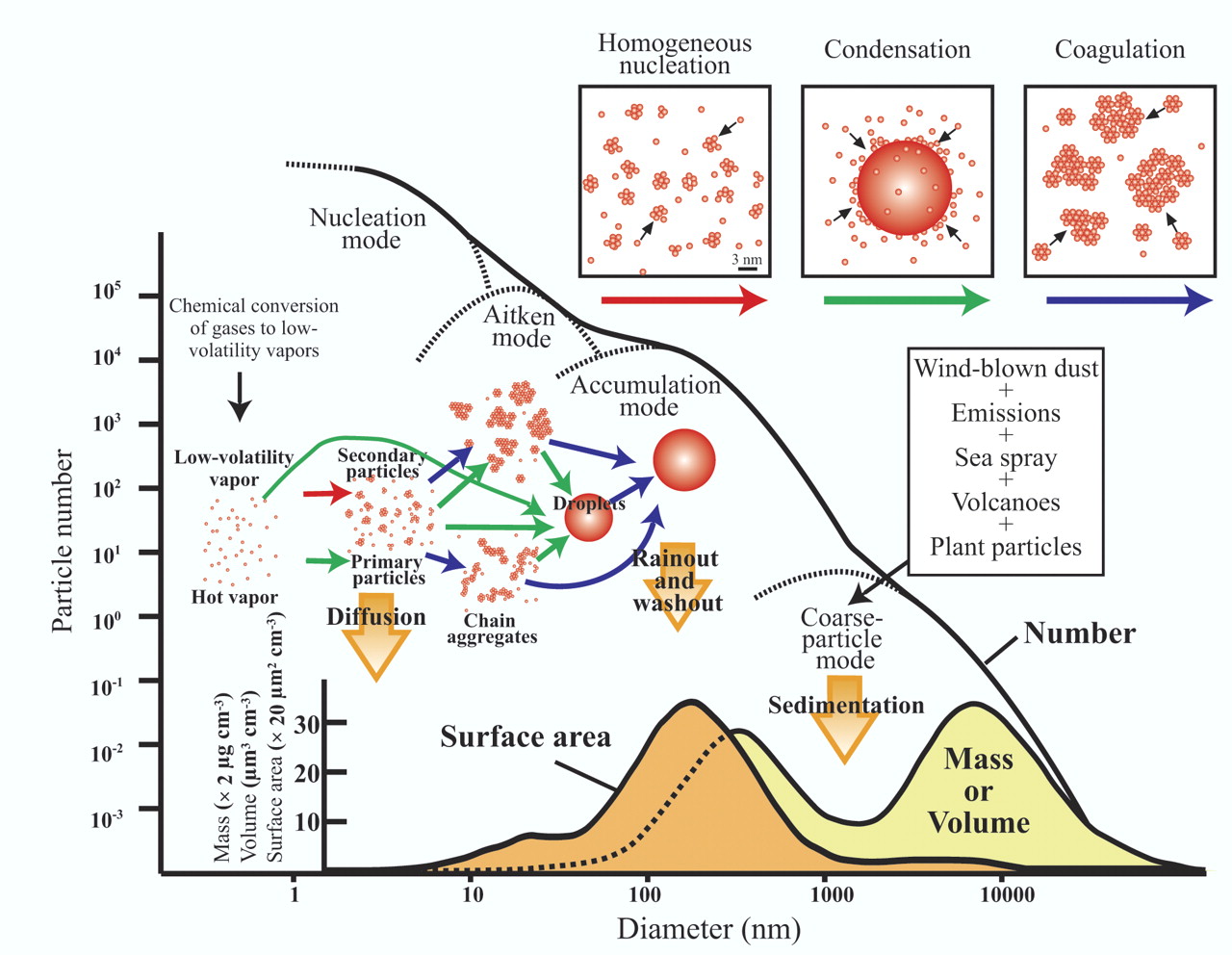
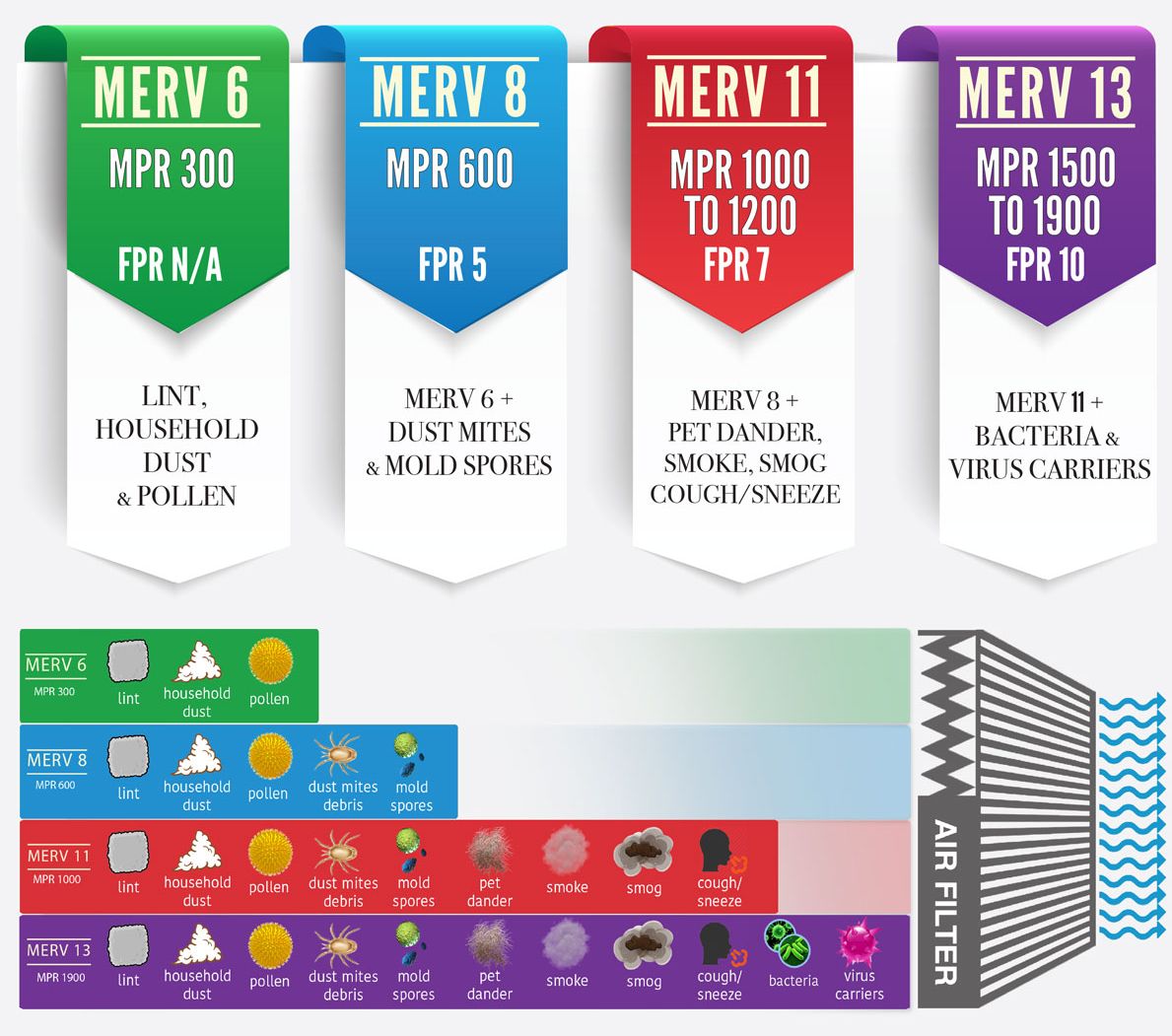
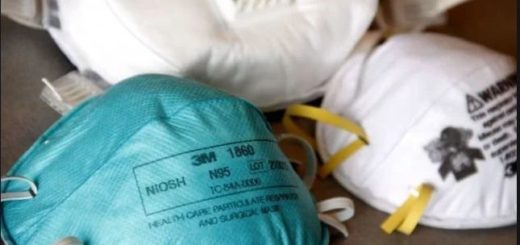
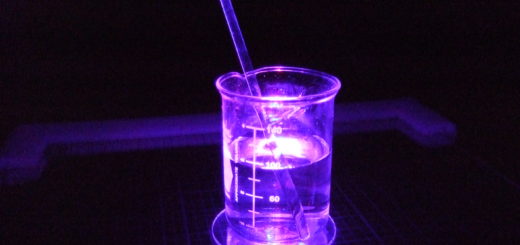
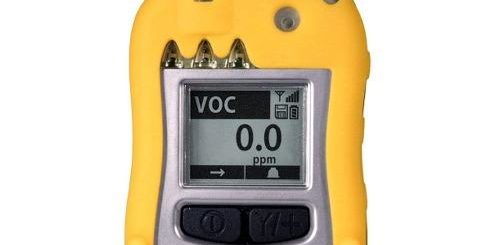
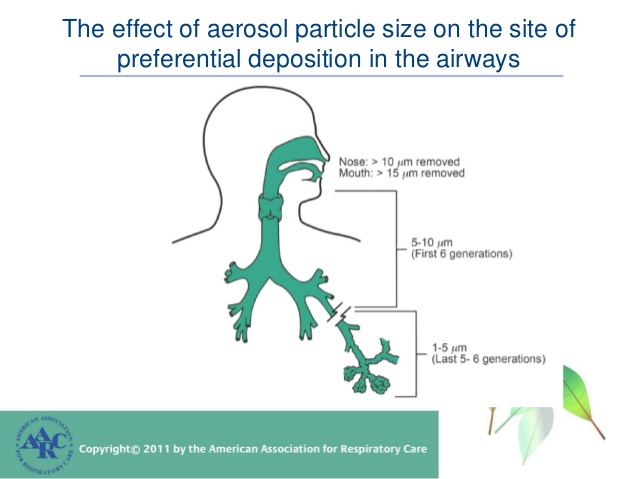
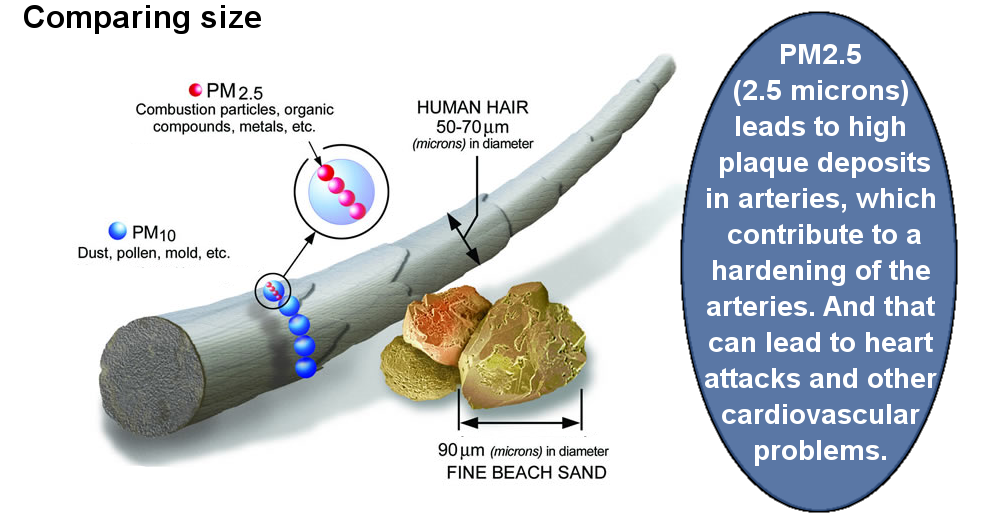






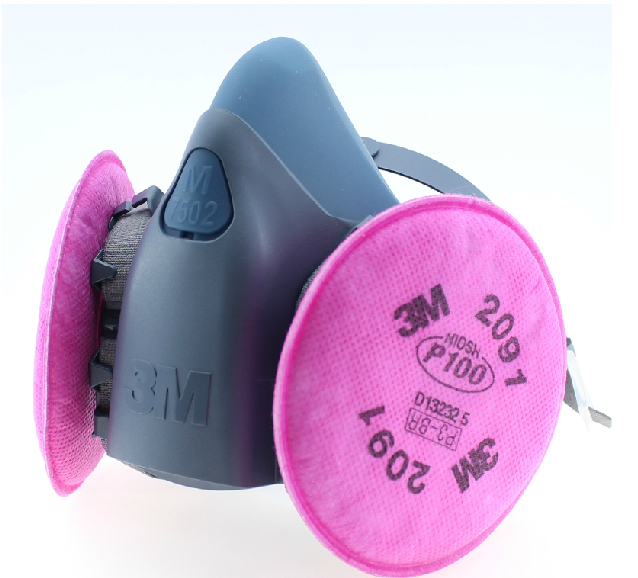
Interesting blog post. I was ready to order the Trifield on amazon, but this changed my mind. I guess without a way to calibrate the meter, it’s of no use.
Hello Jim,
Thank you for your feedback on my EMF meter article!
It is a shame that consumers often wind up taking the cheap route on a magnetic AC field meter that is not suitable for professional EMF surveys and then wind up passing up a good deal on a home or property that is suitable, but is misjudged otherwise by inaccuracy and / or misinterpretation of the results.
It boggles me that people will balk at spending an extra $200 to purchase a better meter or getting an experienced pro, but then in turn wind up losing $1000s by wasting time looking for another property that may not be as affordable and desirable as the original real estate of interest.
JAG of ScanTech Technical Consulting – Electromagnetic / Environmental / Biomedical
My doctor is treating me for mycotoxicity and says that I am also more susceptible to having issues with EMF and wants me to buy a meter and at least get my bedroom “clean”. I have no idea what to do. I am glad I read this article, but am even more confused. Is there a meter that a consumer can use to accurately test their home? And if levels are high, what are the options? I read that there was a device that you can buy that converts all the emf’s to a safe frequency, but do they work? Thanks
Ms. Bradford,
While I appreciate that your comment succinctly underscores the potential complexity between environmental factors such as mold / mycotoxicity exposure and the potential and /or alleged influence of bioelectromagnetic effects from EMF fields, the nature of your questions are sufficiently numerous and complex that this would warrant a full consultation as I would have to hear more details to comment with any authority.
I can make a few remarks here:
> Is there a meter that a consumer can use to accurately test their home?
Certainly there are accurate electromagnetic meters that cover a variety of fields including EMF and RF of different frequencies, but the real issue is properly interpreting the readings and that requires a high degree of experience, education and putting the findings into a reasonable context.
> And if levels are high,
High compared to what? That can be quite relative and there are no agreed upon standards just as there are no specific EPA or federal standards for mold spore levels due to variances in individual sensitivity.
> what are the options?
In general, the only options are avoidance, electrical repair, current reduction, shielding and active EMF cancellation with the final two ranging in cost from expensive to astronomical.
> I read that there was a device that you can buy that converts all the emf’s to a safe frequency, but do they work?
I have yet to see any of those devices work to my satisfaction – and who judges what is a “safe” frequency? Unless you are dealing with high energy RF / radar / microwaves or ionizing radiation, there are no designated unsafe frequencies.
JAG of ScanTech Technical & Environmental Consulting
adding to Might Ms Bradford be referring to the dirty electricity options that plug in to to the sockets.. Stetzerizer type? would love to know your thoughts it they are work it or not.
many thanks..
Realtor, Seattle.
Fiona,
>adding to Might Ms Bradford be referring to the dirty electricity options that plug in to to >the sockets.. Stetzerizer type? would love to know your thoughts it they are work it or not.
If you re-read my response to Ms. Bradford, the final few paragraphs sum up my assessment of how to deal with EMF fields and the devices you mentioned do not change the nature of my answer.
Hope that helps!
JAG of ScanTech
I am trying to learn but the jargon used is so above me my brain overloads…..i want to buy a good meter to check my smart meter since it is directly behind where I lay my head. But now I don’t think I can properly read the results since I am not a professional. Ugh!!!
Marsha,
>I am trying to learn but the jargon used is so above me my brain overloads…..i want to buy a good meter >to check my smart meter since it is directly behind where I lay my head. But now I don’t think I can >properly read the results since I am not a professional. Ugh!!!
I can appreciate your sentiment and this is why professional EMF consultants exist – not only to select the correct equipment, measure and record the results, but to be able to put them into a meaningful context. We can’t all be experts at everything and I am no exception. Sometimes I need to consult professionals in areas that I don’t have the education, experience or tools to do a justice to the task at hand. Some people think you can become an Internet guru on anything in a few hours and that is just not realistic for a lot of scenarios. In many cases, the best you can do is EVALUATE who is the best person or resource to approach for assistance.
– JAG of ScanTech
This IS the wrong meter. Should be using the TF2 digital version.
The old 100XE is frequency weighted unless it is one of the specialized “flat” versions, the AC milligauss meter is not frequency weighted. Of course they don’t read the same.
The TF2 has both weighted and standard modes; so comparisons to scientific standards are pretty simple.
FYI, Alphalab Inc makes all 3 meters. The 100Xe, the AC milligauss meter you compared it to, and the newer TF2.
In this article, I don’t think you showed a fault in the meter(s), you showed you don’t know how to interpret the frequency weighted results on the 100XE. Fortunately, the new digital TF2 makes this easy for you by providing the flat and weighted modes on the same device.
Ross,
A few remarks about your comment.
>This IS the wrong meter. Should be using the TF2 digital version.
The TF2 only came out in early 2018. Did you happen to notice that this post dates back to August 2013 which is five years earlier?
>The old 100XE is frequency weighted unless it is one of the specialized “flat” versions, the AC milligauss >meter is not frequency weighted. Of course they don’t read the same.
Rarely are any two meters (even the same model) going to read EXACTLY the same, but the point of the article is that for a while, the production run of 100XEs were wildly inaccurate to the point of being worse than useless, and that had nothing to do with the frequency weighting – it was the calibration and / or poor linearity that proved unacceptable for any kind of reliable survey or evaluation.
>The TF2 has both weighted and standard modes; so comparisons to scientific standards are pretty >simple. FYI, Alphalab Inc makes all 3 meters. The 100Xe, the AC milligauss meter you compared it >to, and the newer TF2.
I have been buying AlphaLab equipment for over 16 years (including the TF2 recently) and I am very well aware of their complete product line and the capabilities of these meters since I own several including some from other manufacturers. BTW, the 100XEs are no longer in production anyway.
>In this article, I don’t think you showed a fault in the meter(s),
Incorrect.
I did demonstrate a fault in the meters, particularly the first one where the 100XE read nearly 100 mG vs. the UHS version which showed 7.49 mG. That is more than an order of magnitude off or over 13 times greater than a True RMS reference AC gaussmeter.
For a frequency weighting skew of THAT magnitude which you are implying in your statement, the frequency being measured would have to be over 480 Hz which is the 8th harmonic of the standard US power mains frequency of 60 Hz. And I can tell you with incredible certainty that a magnetic field of that frequency with enough magnitude to give a reading that high did NOT exist at the time of measurement.
Reference:
https://www.lessemf.com/trifieldflat.pdf
Why?
For one, harmonics almost invariably decrease rapidly in amplitude the higher in order you go and by the 8th harmonic, the field would be a fraction of the original at 60 Hz.
Also, it is highly unusual to find a 100 mG field at that frequency unless you are very close (within an inch or so) to a transformer or energized motor winding as magnetic fields are very concentrated in such configurations.
>you showed you don’t know how to interpret the frequency weighted results on the 100XE.
I’ve been in electronics since I was a teenager, worked as a Certified Radio & Instrumentation technician for 10 years, have a dual degree in Electronic Telecommunications as well as a Bachelor’s of Science in Electrical Engineering (B.S.E.E.) in addition to doing THOUSANDS of EMF surveys since 2002 and I can assure you that I know exactly what the hell I am doing.
You on the other hand don’t seem to know how to read a simple timestamp date on a post, let alone give valid feedback about my professional practices or commentary.
However, I appreciate your post because it well contrasts the thinking of a well meaning but misinformed enthusiast vs. a seasoned professional.
Have a good one!
JAG of ScanTech